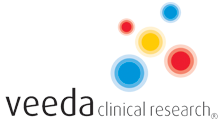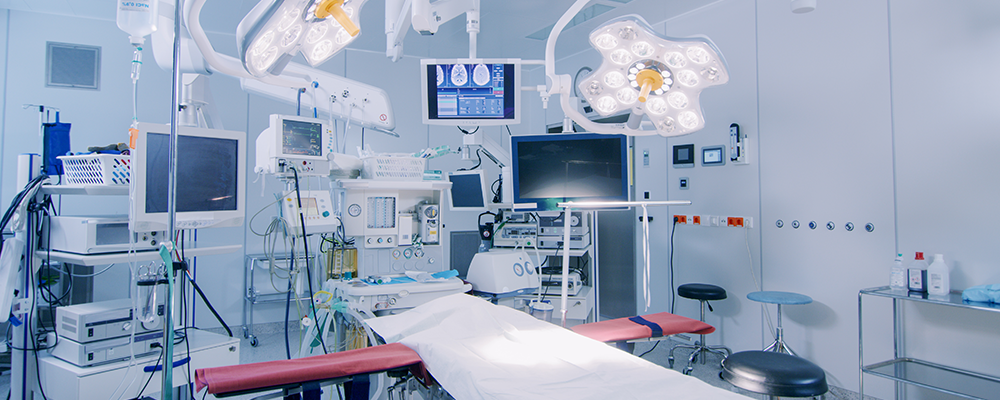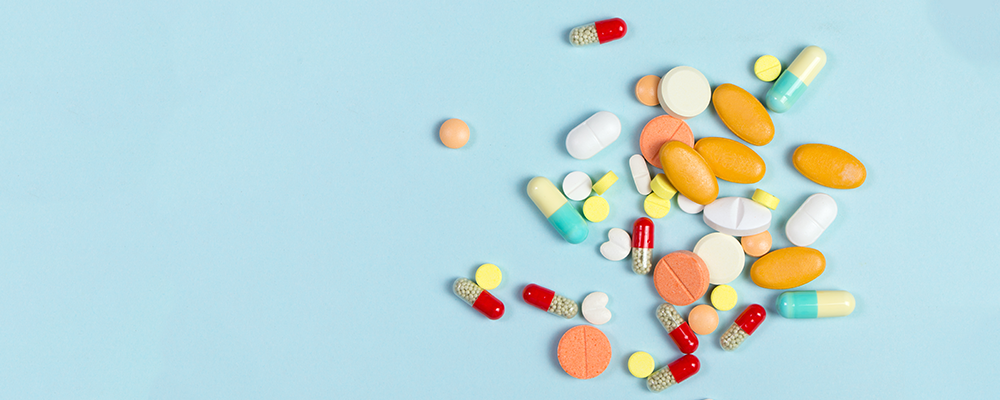Introduction
Pharmacokinetics deals with the change of concentration of a drug with respect to time inside the human body. Absorption, distribution, metabolism, and excretion are the four main phases of a pharmacokinetic study. Pharmacokinetic studies of drug molecules provide insight into how to minimize the need for clinical studies.
They also reduce the costs of generic product development by simplifying bioequivalence testing. Topical medication is defined as pharmaceutical products that are applied to a particular place on or in the body, like the skin or mucous membranes.
Local Anaesthetics, Corticosteroids, Retinoids, NSAIDs, Antivirals, Vitamin D3 derivatives, and Immunomodulators are some classes of topical drugs. Topical drugs are also available in different formulations like creams, foams, gels, lotions, and ointments.
The ability to increase cutaneous drug distribution of both lipophilic and hydrophilic products has been shown by new vesicular formulations such as micro-emulsions, liposomes, and nanoparticles.
The evaluation of pharmacokinetic studies for topical drugs is carried out according to the stratum corneum (SC) concentration-time curve. This curve was generated after assessing the concentration of the drug in the outermost layers of the skin (SC) with respect to time. The curves provide information on drug absorption, steady-state, and drug elimination.
For assessing the bioequivalence of a topical drug product, the following parameters are considered to be the major criteria:
- The maximum concentration of active drug molecules in the SC (Cmax)
- The time to achieve the maximum concentration (Tmax)
- The area under the curve in the SC versus the time curve (AUC)
Absorption and Distribution
After administration of a topical drug, the first absorbed is a drug and then distributed through the tissue. The concentration of a drug that reaches the target site from a topically administered medicine is highly dependent on these three characteristics:
- Drug
- Its formulation
- Properties of the skin to which it is applied.
The stratum corneum plays a significant role in the permeation of topical drug products. It acts as an effectual barrier by allowing only a few percent of a topically applied dose to get absorbed.
The absorption of topical drugs into the skin depends on factors like molecular size, lipophilicity, pH of the formulation, penetrant concentration, chemical enhancers, skin hydration, skin enzymes, temperature, formulation compositions, etc.
To provide a reasonable approximation of the concentration of drugs in the skin as a function of time and to derive the dermatokinetics parameters (Cmax, Tmax, and AUC) of definite importance, frequent measurement of drug levels in the skin is vital.
Therefore the FDA’s draught guidelines for DPK states that, at the minimum, eight separate locations must be evaluated for drug levels: from which four of the sites are examined during uptake (e.g., 0.25, 0.5, 1, and 3 hours post-application), four sites during clearance (e.g., 4, 6, 8, and 24 hours post-application).
Also, the FDA has proposed that all skin samples to be taken on a single day to prevent inter-day variability, which is of considerable concern because of the restricted supply of skin in a given subject.
The success of the skin kinetic analysis depends similarly on the development of sensitive analytical methods to measure the drug quantity. Tape Stripping, Micro dialysis, and In-vitro percutaneous tests such as Flux assessment and concentration of skin tissue are the feasible approaches for pharmacokinetic examination of topical formulations.
These pharmacokinetic skin sampling experiments are used mainly to assess topical product bioequivalence. Another important instrument for evaluating dermatokinetic parameters is confocal laser scanning microscopy.
For fluorescent drugs or probes, confocal images are feasible and do not require the skin to prepare optical sections. This method helps an investigator to produce a profile of concentration after the topical application of the drug product.
Clearance and Metabolism
Most of the dermatokinetics studies revolve around the absorption phase of a topical drug. However, clearance of a topical drug is equally important in assessing the bioavailability of the topical formulations. Following skin permeation, the key process involved in post-absorption is clearance.
Continuous, fenestrated, and discontinuous are the three types of capillaries found in the human body. The capillaries are very much related to clearance since they are the first permeable sections of circulation experienced by a permeate that has been added topically.
Parameters that alter the drug clearance of topical products include the thickness of the blood vessel, the area, the distance between blood vessels, and the blood flow rate.
It is very much interesting to know that the skin contains all the major enzymes responsible for the metabolism found is in the liver and other tissues. These enzymes possess the ability to catalyze several metabolic reactions.
Evaluating the metabolism of topical formulations through in-vivo experiments is difficult since biological specimens can often contain metabolites from other tissues.
In-vitro permeation studies and measuring the metabolite in skin homogenate or the receptor fluid are the methods through which the metabolism of topical drugs is assessed.
Conclusion
Evaluating the dermatokinetic parameters is of paramount importance to assess the safety and efficacy of topical formulations. Numerous approaches are used to determine the real-time measurement of molecules in the skin layers.
Regulatory bodies, such as the US FDA, are investing time and money to develop different techniques for characterizing the pharmacokinetics of topical drugs.
The maximal concentration of the active drug molecule in the SC (Cmax), the time to achieve the maximum concentration (Tmax), and the area under the curve (AUC) are the most commonly assessed parameters in dermatokinetic studies.
Different methods are reported for assessing the pharmacokinetic profile of topically applied drug molecules, as discussed above. Clearance and Metabolism of topical drugs are also essential to consider the pharmacokinetics of topical formulations.
Finally, one should know that most of the topical drug molecules entering the dermis are quickly cleared by the microvascular system. However, few drug molecules get retained in the skin leading to the depot effect.
REFERENCE
- Nair, S. Jacob, B. Al-Dhubiab, M. Attimarad, S. Harsha. Basic considerations in the dermatokinetics of topical formulations. Brazilian Journal of Pharmaceutical Sciences vol. 49, n. 3, jul./sep., 2013.
- WJ McAuley, L Kravitz. Pharmacokinetics of topical products. Dermatological Nursing, 2012, Vol 11, No 2






